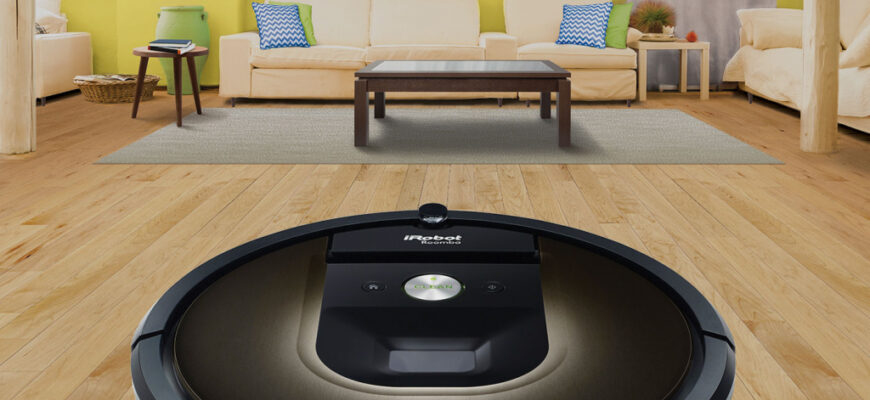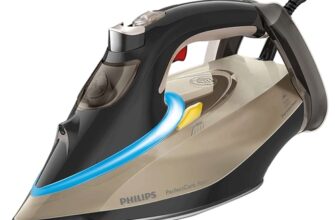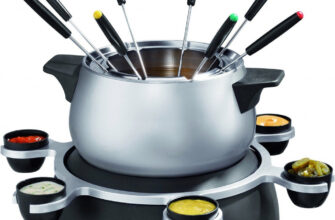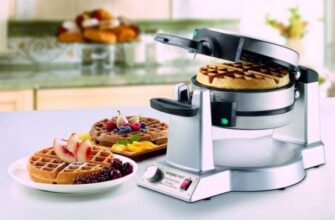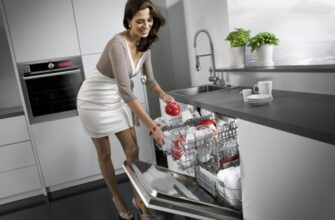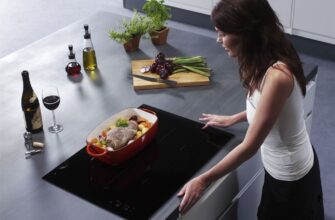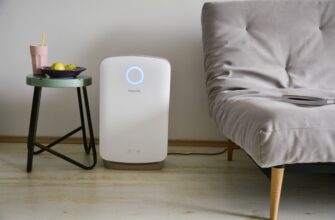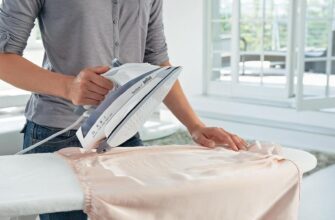Despite the high cost of such devices, when choosing a robot vacuum cleaner, you should pay attention not to the price, but to the performance characteristics. Budget models may well turn out to be simply useless.
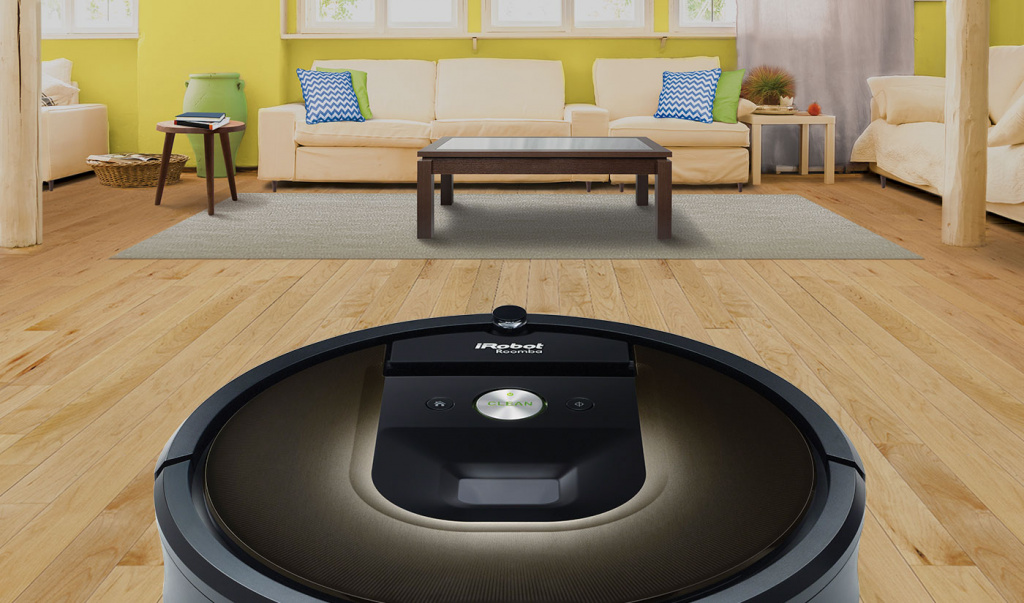
!
We recommend reading an article from an expert on the main criteria for choosing a vacuum cleaner for your home.
- How to choose a robot vacuum cleaner for your home and apartment: what to look for
- Cleaning method
- Robot vacuum cleaners for dry cleaning
- Advantages
- disadvantages
- Wet cleaning robots
- Advantages
- disadvantages
- Wet and dry robotic vacuum cleaners
- Advantages
- disadvantages
- Which robot vacuum cleaner to choose
- Robot Vacuum Cleaner Selection Options
- Cleaning area
- Cleaning brushes
- Waste container volume and type
- Battery type
- Ni-Mh batteries
- Advantages
- disadvantages
- Li-Ion batteries
- Advantages
- disadvantages
- additional characteristics
- Obstacle crossing function
- Travel speed
- Cleaning time
- Soft touch mode
- Scheduled cleaning
- Suction power
- Filtration system
- How much do robotic vacuum cleaners cost
- The best manufacturers of robotic vacuum cleaners
- Video on choosing a robot vacuum cleaner
How to choose a robot vacuum cleaner for your home and apartment: what to look for
When choosing a robot vacuum cleaner, you should pay attention to its following parameters:
-
Cleaning method;
-
Cleaning area;
-
Cleaning brush type;
-
The volume and type of waste bin;
-
Battery;
-
Extra options.
-
The manufacturer is also important.
Cleaning method
Like conventional vacuum cleaners, robotic vacuum cleaners are divided into three types:
-
For dry cleaning;
-
For wet cleaning;
-
For dry and wet cleaning.
Robot vacuum cleaners for dry cleaning
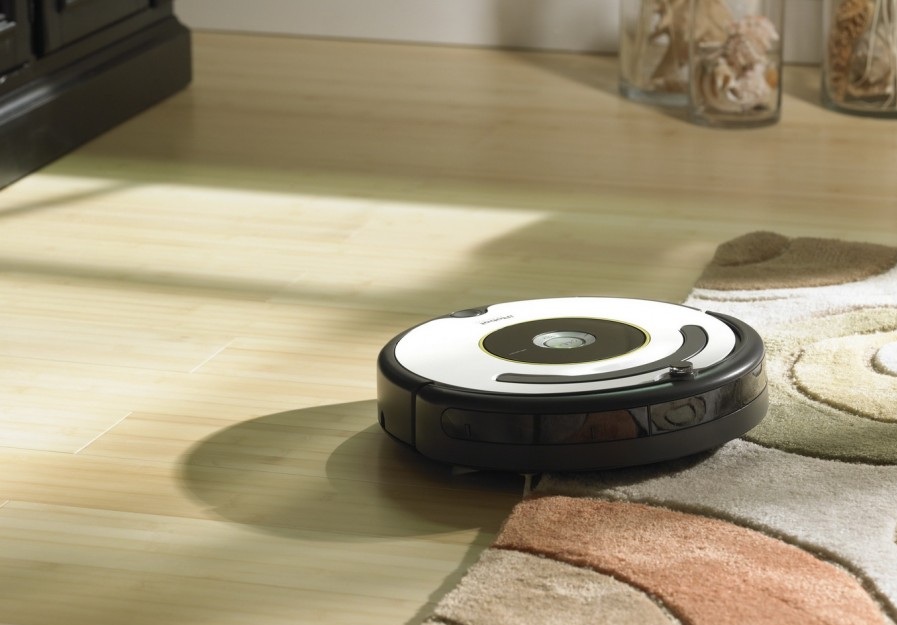
The most classic and inexpensive version of robotic vacuum cleaners. They simply remove dust from various floor coverings – which is sufficient for most users.
Advantages
-
Relatively low price and wide range of models;
-
Suitable for cleaning various floor surfaces – laminate, parquet, carpet and full-length carpets with a short pile.
disadvantages
-
Only dust and small debris are removed, serious contamination will have to be cleaned up on your own;
-
Periodic self-cleaning of floors is still required.
Wet cleaning robots

The design of such vacuum cleaners includes two containers – for clean and already dirty water – and a spray that applies moisture to the floor covering. Therefore, when working, they carry out a full cleaning.
Advantages
-
Suitable for cleaning hard floor coverings (laminate, parquet, etc.);
-
They remove not only dust, but larger pollution.
disadvantages
-
They are not suitable for cleaning carpets and carpets, since they do not completely absorb the sprayed moisture;
-
They work in a small area due to the small volume of containers.
-
They work exclusively with purified water, otherwise internal communications may become clogged;
-
Require constant maintenance (replacement of water in tanks);
Wet and dry robotic vacuum cleaners
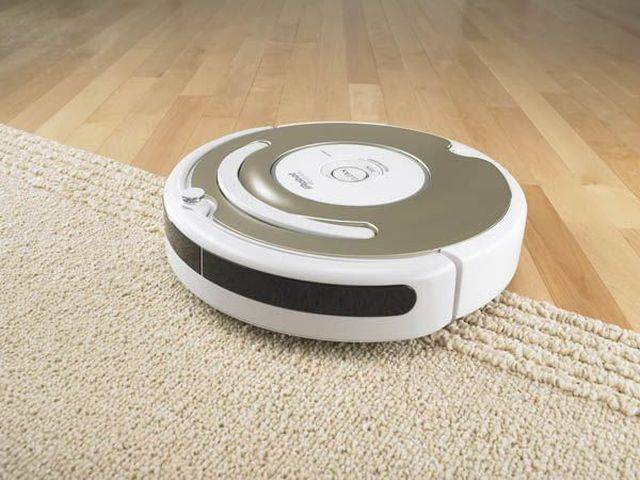
They are versatile devices that are suitable for both daily cleaning and keeping clean, and are also compatible with all types of flooring.
Advantages
-
Cleans both dust and more serious dirt;
-
Suitable for keeping clean and everyday cleaning;
-
Suitable for cleaning hard and soft floor coverings;
disadvantages
-
The water in containers must be changed regularly;
-
Such robotic vacuum cleaners are a device for full automatic cleaning of an apartment and a house;
-
Due to the small volume of water tanks, small spaces are supported.
-
Programming and creation of a room map is required (so that the robot vacuum cleaner does not accidentally flood the carpet);
Which robot vacuum cleaner to choose
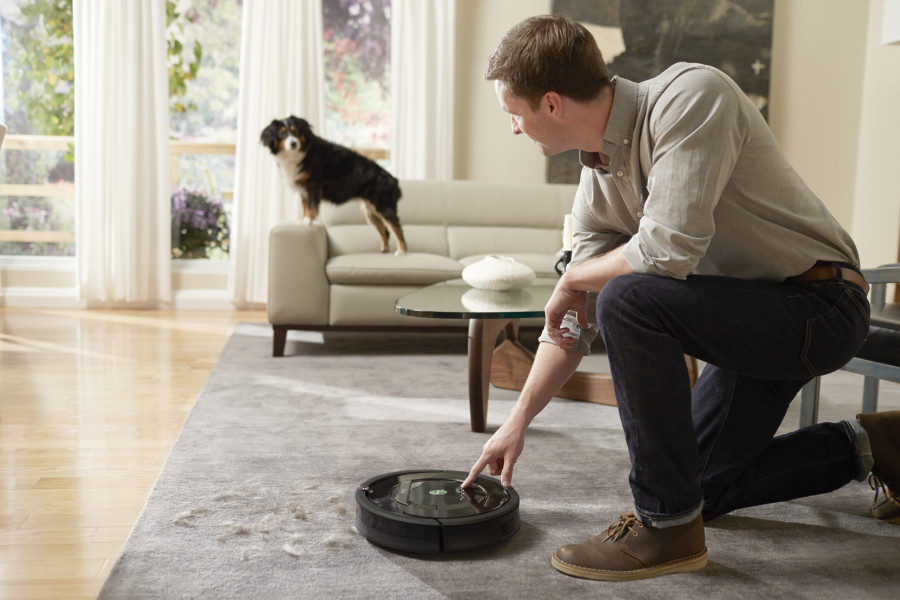
If the house does not use soft flooring, then the robot vacuum cleaner for wet cleaning is the ideal solution. However, it requires periodic water changes.
For cleaning rooms with soft flooring, the robotic dry vacuum cleaner is designed. For apartments with a mixed coating – for dry and wet cleaning.
But if you want full automation and minimal maintenance, you should buy a model for dry cleaning. It is enough to clean it once a week. Models with water tanks will have to be serviced daily.
Robot Vacuum Cleaner Selection Options
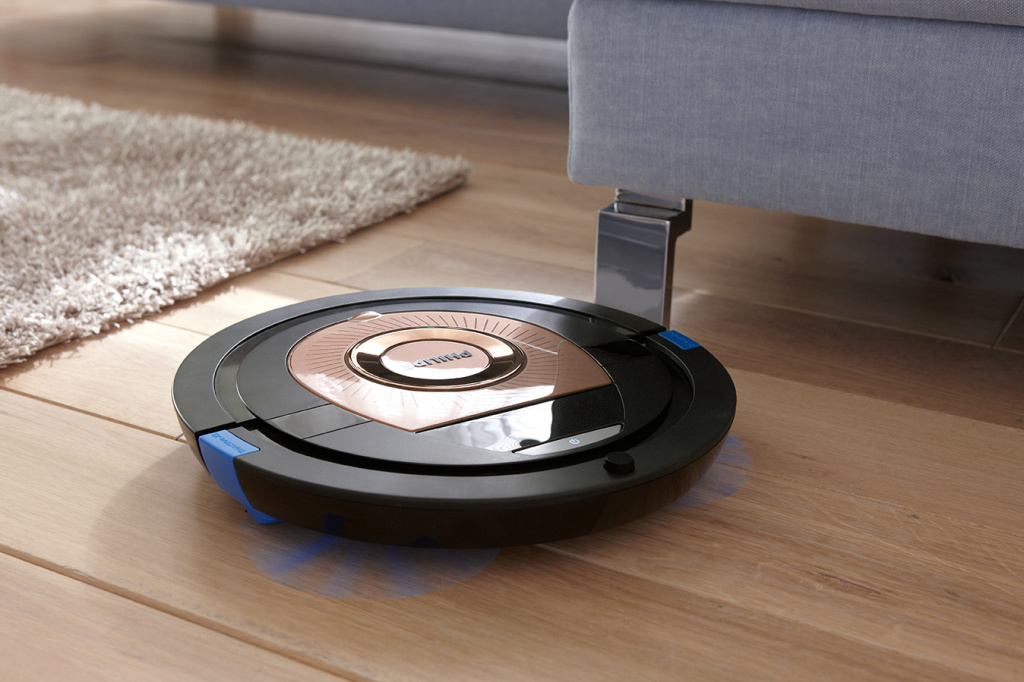
When choosing a robot vacuum cleaner, it is worth considering its following operational parameters and technical characteristics:
-
Cleaning area;
-
Type and number of cleaning brushes;
-
The volume and type of waste bin;
-
Battery type;
-
Additional features (obstacle overcoming function, driving speed, cleaning time, soft touch mode, scheduled cleaning, power, filtration system).
Cleaning area
The cleaning area of the robot vacuum cleaner, ideally, should correspond to the area of the entire available floor in the apartment. But since it is very difficult to calculate it, it is enough to subtract 10-15 square meters from the total area of the apartment – this is exactly the amount of space occupied by cabinets and similar furnishings.
Thus, for an apartment with an area of 70 square meters, a robot vacuum cleaner designed for 60 square meters is suitable.
Better to take 'with a margin', because the device can move along a complex trajectory and repeatedly pass the same sections.
Cleaning brushes
The vast majority of robotic vacuum cleaner models use long-bristled static cleaning brushes. They are sufficient for cleaning hard and some soft floor coverings.
There are models that are equipped with movable long-bristled brushes. They are suitable for removing large debris.
Modern vacuum cleaners, such as the latest models from iRobot, are equipped with rubber scrapers. They are more effective at removing dirt from hard and soft short-pile floors than traditional brushes.
Models with static brushes or rubber scrapers are suitable for regular cleaning of relatively clean surfaces (such as pet hair). If the task of the robot vacuum cleaner is to remove large debris, such as spilled cereals, for example, then it is worth choosing devices with moving elements.
Waste container volume and type
The vast majority of modern robotic vacuum cleaner models are equipped with container waste bins. These containers are easy to clean and effectively retain dust. Bagged robotic vacuum cleaners are very rare and are definitely not recommended for purchase.
The volume of the bin is a decisive factor:
-
Up to 0.4 l. Such robotic vacuum cleaners are highly discouraged for purchase – unless, of course, you plan to use them within the same room or are willing to clean them daily;
-
0.4 to 0.8 l. These robotic vacuum cleaners are suitable for use in homes and apartments over 80 m2 .;
-
More than 0.8 l. It is advisable to buy only if serious pollution of the floor covering is constantly observed in the house.
Battery type
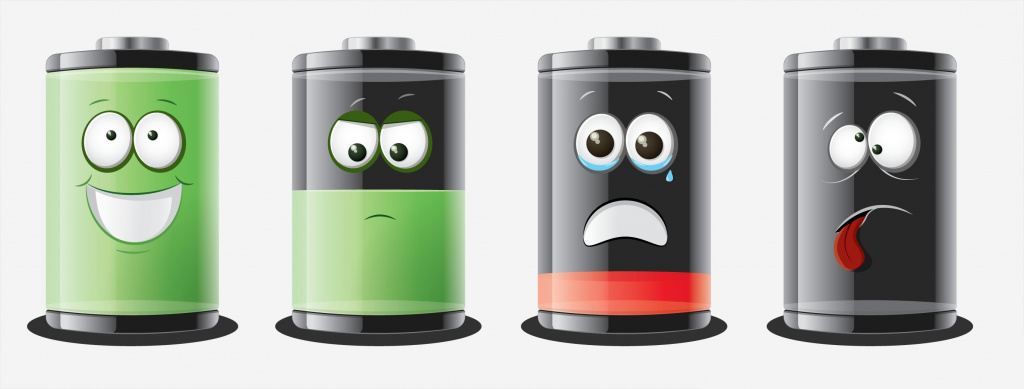
There are three types of batteries used in robotic vacuum cleaners – Ni-Mh (nickel-metal hydride), Li-Ion (lithium-ion), Li-Po (lithium polymer).
Ni-Mh batteries
Ni-Mh batteries are used most often in robotic vacuum cleaners.
Advantages
-
Low price;
-
Environmental friendliness;
-
Long operational period (batteries of this type can withstand 10-20% more recharge cycles than lithium ones);
disadvantages
-
Memory effect. It manifests itself as a result of a reversible loss of capacity after charging with an incomplete discharge;
-
Loss of capacity during prolonged storage;
-
Self-discharge up to 10% per day;
The memory effect manifests itself in the form of loss of part of the capacity due to incomplete discharge. That is, for example, if the robot vacuum cleaner, 'having gotten up' from the base with 100% battery charge, travels through the apartment and uses up only 20% of the battery, after which it returns to charging, at the next working cycle only these received 20% will be available to it.
To get rid of the memory effect, you should periodically fully discharge and fully charge the battery.
Obviously, vacuum cleaners equipped with a battery of this type are best purchased for large apartments (cleaning area from 50 square meters).
Li-Ion batteries
Li-Ion batteries are found primarily in premium robotic vacuum cleaners. This is due to the high cost of such batteries.
Advantages
-
The mass and volume of such batteries are small enough while maintaining a high energy density;
-
High charging speed;
-
There is no memory effect;
disadvantages
-
The high cost of both the batteries themselves and the robotic vacuum cleaners equipped with them;
-
Severe aging, manifested in the loss of battery capacity over time (with an increase in the number of recharge cycles).
-
Mechanical instability, with sharp and strong impacts, the batteries are damaged, sometimes 'additionally' 'burning' the electronics of the device itself;
The disadvantages of lithium-ion batteries are negligible, so vacuum cleaners equipped with such batteries can be used in all conditions.
Li-Pol batteries are practically similar to lithium-ion, except that they have a slightly lower energy density – but they are more mechanically stable.
additional characteristics
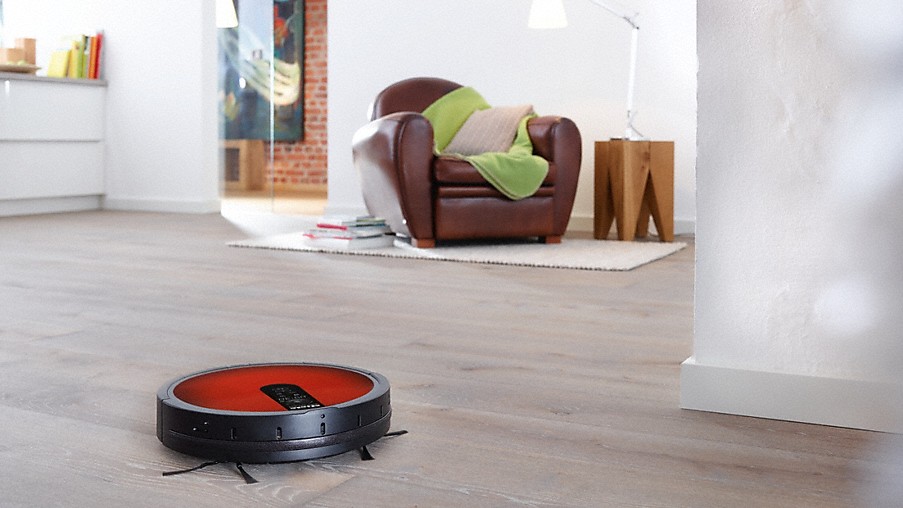
Additional characteristics determine the ease of use of the robot vacuum cleaner rather than its practical operational parameters. Among these properties:
-
Obstacle overcoming function;
-
Movement speed;
-
Cleaning time;
-
Soft touch mode;
-
Cleaning according to the schedule;
-
Power;
-
Filtration system.
Obstacle crossing function
The obstacle overcoming function can be implemented in two ways. The first is the ability of the vacuum cleaner to move over thresholds. Of course, such obstacles may have a maximum height (usually no more than a few centimeters), as indicated in the description of the device.
The second implementation of the function of overcoming obstacles is the operating mode of the vacuum cleaner, in which it independently determines the way to bypass various objects, furniture and other objects on the floor.
It is worth purchasing a robotic vacuum cleaner with a threshold crossing function if there are such obstacles in the house. It is worth considering the height of such obstacles. If there are no thresholds in the apartment, then a vacuum cleaner with this function is simply not needed.
The same applies to the function of overcoming obstacles in the form of self-guided route planning. Vacuum cleaners equipped with it are worth buying if furniture is often rearranged in the house – there are movable chairs, armchairs and similar interior items.
Travel speed
The speed of movement of the robot vacuum cleaner is one of the factors that affects the quality of cleaning. If it is too high, the device may leave debris on the floor. If, on the contrary, it is low, this will lead to the fact that the robot vacuum cleaner in autonomous mode will not be able to go through the entire apartment.
The most optimal solution would be to buy a robot vacuum cleaner with an adjustable speed of movement – through programming or selection from preset modes. This allows you to create maximum compatibility with the flooring used.
Cleaning time
Cleaning time is a parameter that also determines the quality of garbage collection. It is worth remembering that most batteries used in robotic vacuum cleaners get hot during use. Therefore, the ideal solution would be to buy a device that can clean at fixed intervals of time (for example, 10 minutes of work to pass a certain area, then a break, and again the passage of this area in 10 minutes).
However, robotic vacuum cleaners with continuous long cleaning times can perform better in removing debris.
Soft touch mode
The soft touch mode is designed to protect the electronics of the robot vacuum cleaner and surrounding furniture from impact damage. It can be implemented in two ways – software / hardware and hardware.
-
The hardware-software method involves equipping the vacuum cleaner with proximity and position sensors, due to which it determines the distance to the nearest obstacle and reduces the speed of its movement.
-
The hardware method is simpler – rubber bumpers are placed on the body of the robot vacuum cleaner, which absorb shock.
Vacuum cleaners equipped with proximity and position sensors have a long service life because they absorb more shocks and cause less damage than devices with bumpers. However, they are more expensive. And the ideal solution would be to buy a robot vacuum cleaner with both of these touch cushioning methods.
Scheduled cleaning
Scheduled cleaning is a convenient function to automate the vacuum cleaner. For example, he can clean an apartment while its owner is away. The only drawback is that you will need to spend time setting up the schedule.
Suction power
The suction power of robotic vacuum cleaners is usually not very high – but the noise level is also minimal. The power consumption is similarly low – even for top models it rarely exceeds 40 W on charging. This parameter should be taken into account only if the house has old wiring.
Filtration system
The filtration system in almost all robot vacuum cleaners is the same – it is a multi-layer HEPA filter. The higher the standard level, the better the air discharged from the device is cleaned. For example, robotic vacuum cleaners with a HEPA H13 filter are suitable for use in homes where people with allergies, asthma or simply hypersensitive to dust live. And HEPA H10 is suitable for most common users.
How much do robotic vacuum cleaners cost
The cost of robotic vacuum cleaners directly depends on functionality, equipment and other parameters. It starts from 10-12 thousand rubles, but the vast majority of models are in the price range of 25-35 thousand rubles.
However, top models such as iRobot Roomba 980 or Samsung PowerBot can cost significantly more – up to 50-60 thousand rubles.
The best manufacturers of robotic vacuum cleaners
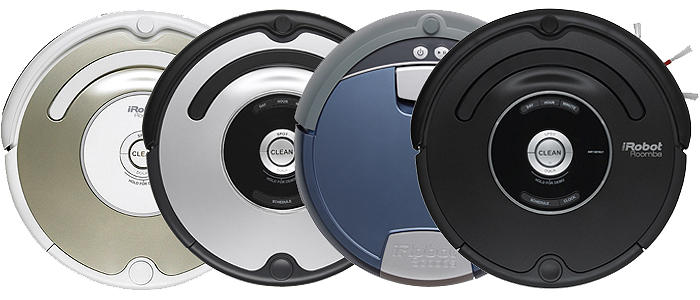
The best robot vacuum cleaners are produced by the following companies:
-
iRobot, Samsung, Kärcher – belong to the premium segment, are quite expensive, but provide high quality cleaning;
-
Panda, iClebo – produce both inexpensive and high-quality robotic vacuum cleaners with good performance;
-
Neato – produces some of the most expensive robotic vacuum cleaners, but at the same time, devices from this company differ in the widest functionality and design, thanks to which they can get under furniture.
You can also highlight the companies LG, Polaris and Philips, which produce mid-range devices.
Video on choosing a robot vacuum cleaner
Attention! This material is the subjective opinion of the authors of the project and is not a purchase guide.

